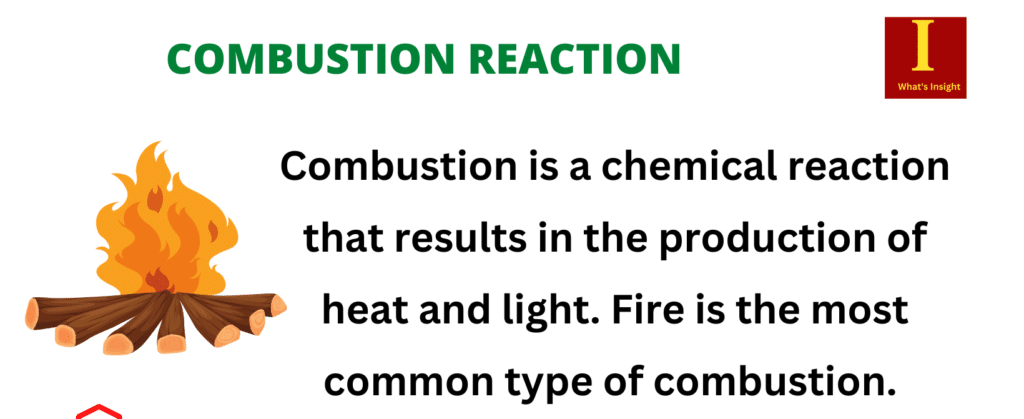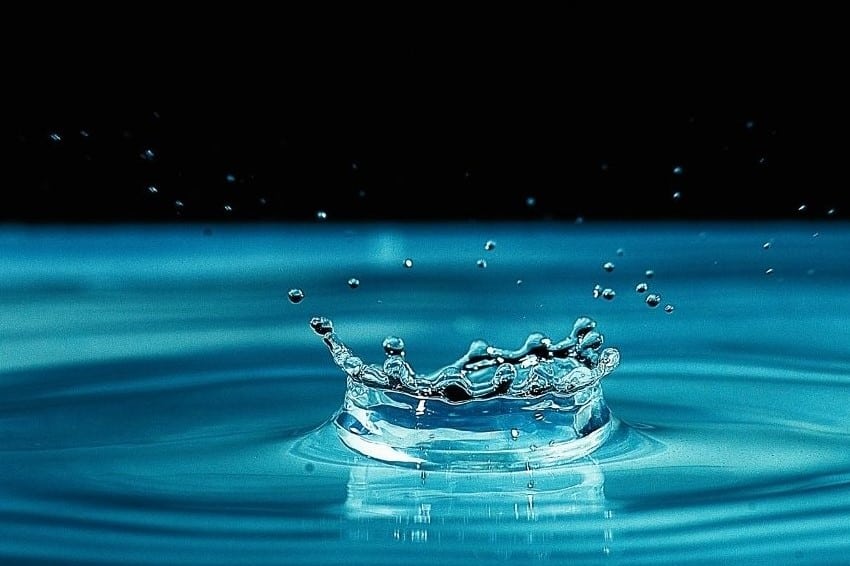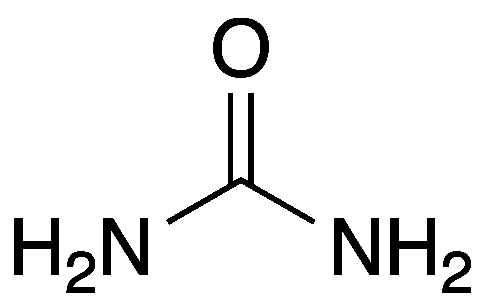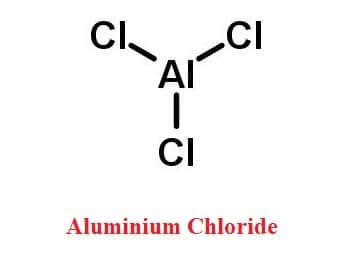Combustion is a chemical reaction that results in the production of heat and light. Fire is the most common type of combustion. The majority of combustion occurs when the gas oxygen reacts with another substance. When wood burns, for example, oxygen in the air combines with carbon in the wood.

Combustion reactions include the burning of coal, the production of methane gas, and the use of sparklers. In simple words, combustion is a chemical reaction between two or more substances, usually involving oxygen, that produces heat and light in the form of a flame.
Burning wood in a fire, a chemical change, is an example of a combustion reaction. Many combustion reactions involve a hydrocarbon, which is a compound composed entirely of carbon and hydrogen. Carbon dioxide and water are the byproducts of hydrocarbon combustion. Because their combustion produces a large amount of thermal energy, many hydrocarbons are used as fuel.
Methane burns in the presence of enough oxygen to produce carbon dioxide (CO2) and water (H2O). The combustion of methane generates a large amount of heat, making it an excellent fuel source. Methane is a powerful greenhouse gas. The combustion reaction of methane is given as follows:
CH4(g) + 2 O2(g) → CO2(g) + 2 H2O(g)
Table of Contents
The Combustion Process
The basic combustion process can be described by the Reactants, which are the fuel (wood/ hydrocarbons) and the oxidizer (air or oxygen), which undergo a chemical process while releasing heat to form the Products of combustion while mass is conserved. In the simplest combustion process, known as Stoichiometric Combustion, all of the carbon in the burning fuel forms carbon dioxide, and all of the hydrogens form water. The basic combustion chemical reaction can be written as follows:
CxHy + z(O2+3.76N2) → aCO2 + bH2O + cN2 + dO2

this reaction yields five unknowns: z, a, b, c, d, thus we need five equations to solve. Stoichiometric combustion assumes that no excess oxygen exists in the products, thus d = 0. We obtain the other four equations by balancing the number of atoms of each element in the reactants (carbon, hydrogen, oxygen, and nitrogen) with the number of atoms of those elements in the products. This means that no atoms are destroyed or lost in a combustion reaction.
Combustion Reaction Examples
- Lighting a matchstick: When a match is lit, friction heats the head to a temperature at which the chemicals react and generate more heat than can escape into the air, and they burn with a flame;
- Lighting a cigarette: When you light a cigarette, the mixture of tobacco (fuel) and oxygen in the air creates a self-sustaining combustion process that consumes the tobacco;
- Combustion of Methane: The combustion of methane generates a large amount of heat, making it an excellent fuel source;
- Burning of wax candles
- Burning of LPG: The burning of LPG is an example of rapid combustion. LPG burns rapidly and produces heat and light;
- Digestion of food: Food digestion is an example of slow combustion. This process takes place in the presence of enzymes and digestive juices, and it releases energy for metabolic activities.
Summary
- A combustion reaction is a reaction in which a substance reacts with oxygen gas, releasing energy in the form of light and heat.
- Examples of combustion reactions are the burning of wood, fireworks, the burning of propane in gas grills, and the burning of charcoal in a fire grill.
More Links
Is Carbon Dioxide a Pure Substance?
Is Water Vapour a Greenhouse Gas?
ch4 intermolecular forces
CH4 Lewis Structure & Molecular Geometry
How To Reduce Carbon Footprint
Frequently Asked Questions
1. How does combustion occur?
Combustion occurs when fuel and oxygen combine to generate carbon dioxide, water, and heat.
2. What is the formula for methane combustion?
The following is the balanced reaction of methane combustion: 2O2 + CH4 + CO2 + 2H2O
3. What is atmospheric convection definition?
Convection is the movement of heat energy across a media, commonly a gas or liquid. Convection occurs in the atmosphere when heated air with a lower density feels an upward push until it cools and its density equals the surrounding air, which is referred to as convection cells.
4. How is Conduction in Physics different from convection?
Conduction in physics is heat transmission between objects through direct contact. In contrast, heat transport occurs inside the fluid in convection.
5. What is the Specific heat of air?
The specific heat of air at constant pressure is 1.005 kJ/kg K and the specific heat of air at constant volume is 0.718 kJ/kg K.
6. Which type of energy is light?
Light energy is a kind of electromagnetic radiation that has a visible wavelength to the human eye. It is classified as kinetic energy.
7. What is liquid nitrogen used for?
Liquid nitrogen, with a boiling point of -196 degrees Celsius, is used for a number of purposes, including computer cooling, medicine to remove undesirable skin, warts, and pre-cancerous cells, and cryogenics.
More Interesting Links
| Endothermic vs. Exothermic | Heat Engine| Definition, Types, and Efficiency |
| Flaring of Gases| Why We Need It? | Kinetic Energy Formula |
| Liquid Oxygen-Cryogenic Liquid | The Otto Cycle| A Simple Overview |
- BCl3 Lewis Structure in four simple steps - November 1, 2023
- PH3 Lewis Structure in four simple steps - October 8, 2023
- PF3 Lewis structure in four simple steps - September 24, 2023



